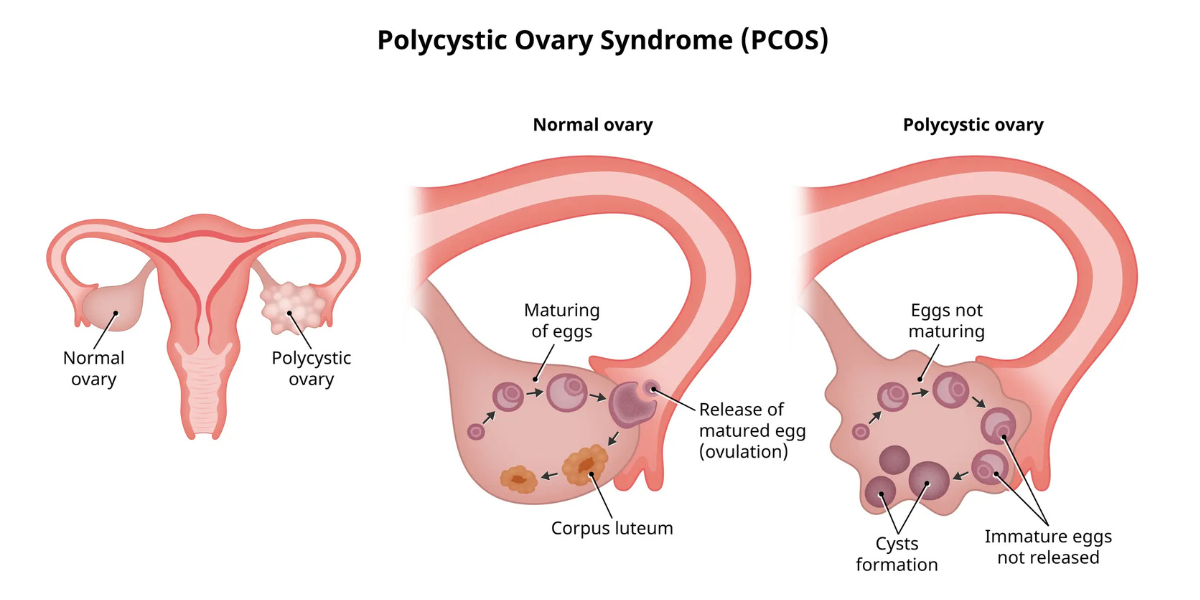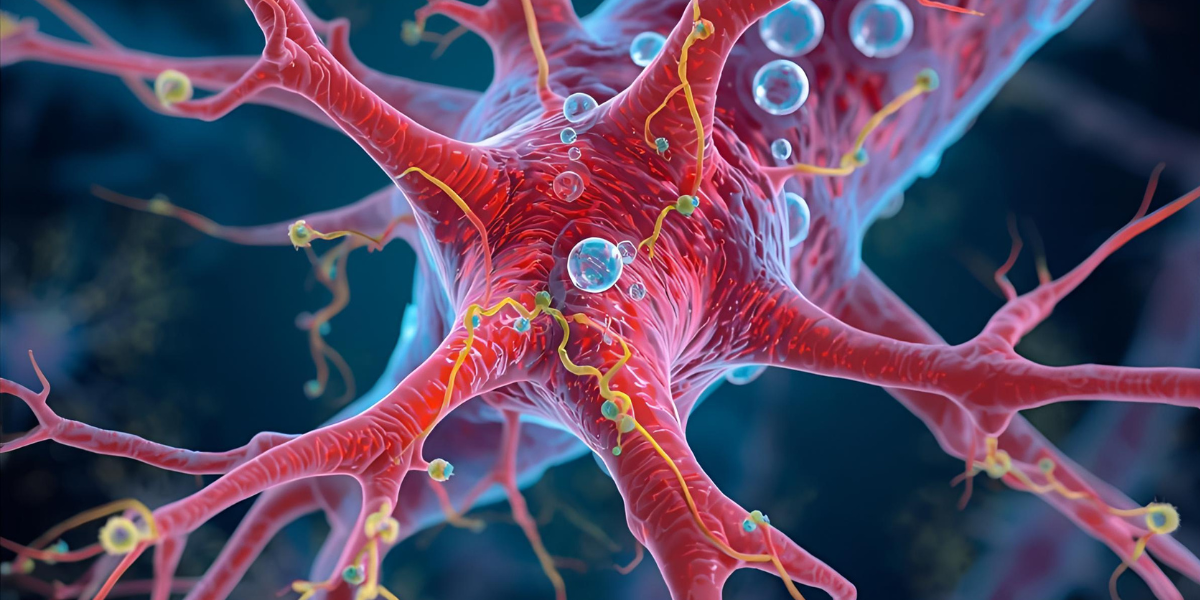
A detailed guide on spondylitis
Introduction
Spondylitis is a term used to describe inflammation of the vertebrae in the spine, which can lead to chronic pain and discomfort. This condition can affect people of all ages and is often associated with conditions such as ankylosing spondylitis and cervical spondylitis. Let’s take a look at what causes spondylitis and how it can be treated.
Symptoms
The symptoms of spondylitis can manifest differently based on the type and severity of the condition. Typical symptoms include chronic back or neck pain accompanied by stiffness in the spine, pain and inflammation in the hips, shoulders and other joints, feelings of fatigue and discomfort particularly after prolonged periods of inactivity, radiating pain or numbness in the arms or legs, etc. In severe cases of cervical spondylitis, individuals may encounter difficulty breathing or swallowing as well due to compression of the spinal cord.
Causes
Spondylitis can stem from various underlying causes which may include genetics, autoimmune disorders, trauma or injury to the spine and infections. Genetic factors like ankylosing spondylitis often run in families. Autoimmune disorders such as rheumatoid arthritis and psoriatic arthritis can provoke inflammation in the spine, also contributing to spondylitis. Traumatic incidents or injuries affecting the spine can also trigger inflammation and damage leading to spondylitis. Additionally, bacterial or viral infections targeting the spine can result in inflammation and the onset of spondylitis.
Treatment Options
The management of spondylitis typically involves a multifaceted approach comprising lifestyle adjustments and medication. Common treatment modalities include physical therapy which employs targeted exercises and stretches to enhance flexibility and strengthen spinal muscles that helps to relieve pain and shooting stiffness. Medications such as nonsteroidal anti-inflammatory drugs (NSAIDs), painkillers and muscle relaxants may be prescribed to reduce inflammation and discomfort. Heat and cold therapy can offer temporary relief from symptoms by applying heat packs or ice packs to the affected area. Lifestyle modifications such as maintaining a healthy weight and posture are essential for managing spondylitis and preventing flare-ups. In severe cases where conservative treatments prove ineffective, surgical interventions like spinal fusion or decompression surgery may be considered to stabilize the spine and alleviate pressure on affected nerves.
Conclusion
Spondylitis is a complex condition that requires a multidisciplinary approach to management. By understanding the symptoms, causes and treatment options for spondylitis, individuals can take proactive steps to relieve pain and enhance their overall quality of life.






